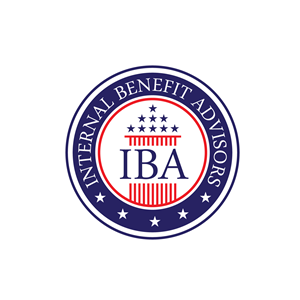Tax Planning
Taxes have a huge impact on Federal Employee retirees.
Don’t wait another year to find out you “could have done” something to reduce your taxes or that a hidden tax nightmare could be brewing for you or your heirs.
BECOME PROACTIVE WITH YOUR TAX ISSUES.
WE CAN HELP.


The majority of federal employees are not clear about the impact taxes have on their federal retirement. We have helped many of our clients position their money in ways that put them in control of their retirement taxes and in the process saved them substantial amounts of money. To effectively benefit from tax planning there are 5 key areas to understand:
Tax Brackets
When your taxable income goes up, and you cross over into a higher tax bracket, only some of your dollars are taxed at that higher rate. Understanding where these cutoffs occur, and planning your retirement plan contributions or withdrawals accordingly, will save you money.
Taxable Income vs. Cash Flow
In retirement you need cash flow to pay for your bills, living expenses, and maintain your desired retirement lifestyle. Cash flow is not the same as income.
Capital Gains, Losses, and the 0% Gains Tax Rate
The tax rate that applies to long-term capital gains and qualified dividends is different (and lower) than the tax rate that applies to your other sources of income. Sometimes capital gains can be realized and you will pay no tax.
If you know in advance that you will have a year with a low amount of taxable income, and thus you will fall into the tax bracket where the 0% capital gains tax rate applies, then you can intentionally realize capital gains that year and pay no tax on them! It takes planning to recognize this opportunity and act on it before the end of the year.
Taxation of Social Security
Unfortunately, for most of you, your Social Security income will not be entirely tax-free, however, with planning, you may be able to reduce the portion of it that is taxable. There is a complex formula that determines how much of your Social Security will be taxable.
The good news is 15% of the benefits you receive will be tax-free no matter what. This means Social Security provides a tax advantage over other sources of retirement income. Considering this, it makes sense to use strategies to increase the amount of Social Security you will receive.
Required Minimum Distributions
When you reach the age of 70 ½, you are required to take distributions from your tax-deferred retirement accounts. These withdrawals are considered taxable income and are reported on your tax return. Each year you are required to take a higher portion of your remaining account balance. This means as you age, you are reporting more and more taxable income each year.
To account for the five items above you need a projection that shows your various sources of cash flow, income, expenses, and deductions. To run this type of projection, we start with your previous two years’ tax returns.
Through our comprehensive, yet simple and effective tax planning strategies our tax division looks to ensure the tax laws are working for you, not just against you. A purposeful and comprehensive tax strategy will help you save money, protect your assets and be adequately equipped to defend against your money’s biggest opponent.
Call us today at (800) 484-5993 to secure your FREE counseling session appointment to review your federal benefits and retirement outlook!

